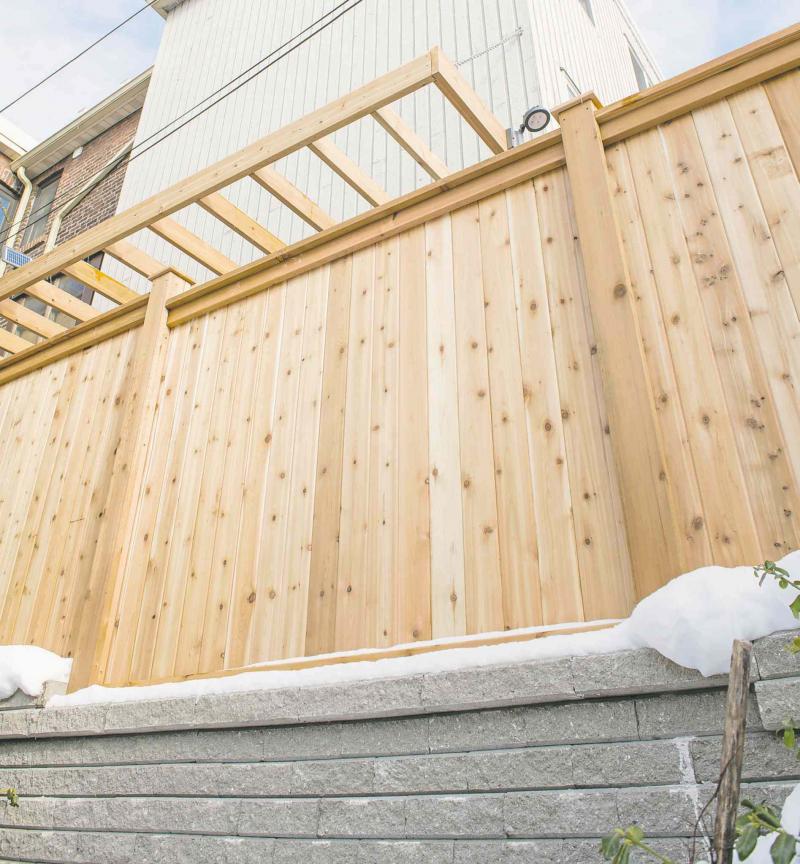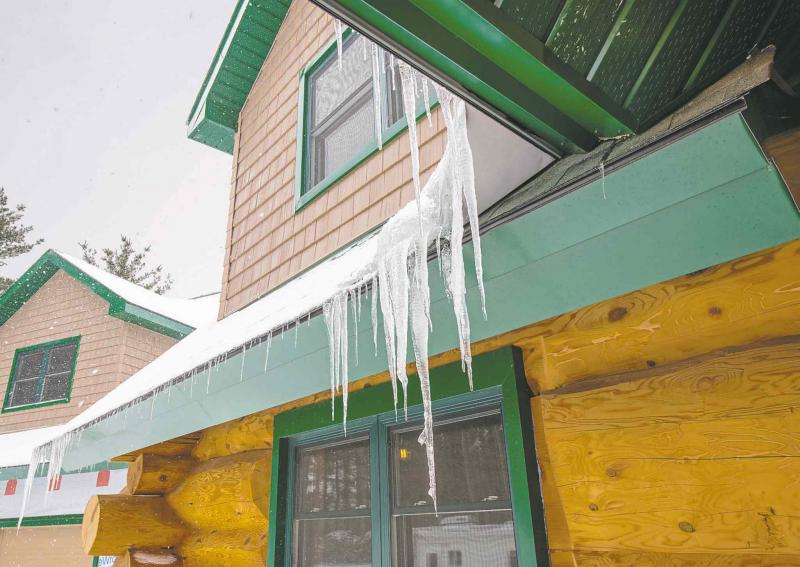
Winter weather can wreak havoc on your home. But even when winter does its worst feel confident that with the proper maintenance, you can make it right.
Here are some of the biggest problems I see and a few things you can do about them.
Roof -- ice damming: Typically the two causes of ice damming are clogged eavestroughs and insufficient attic insulation.
The attic should be properly sealed, ventilated and insulated with a minimum of 30.5 to 38 centimetres of blown-in insulation. Otherwise heat will escape, melting the snow on the roof. When it refreezes, ice damming occurs.
And, if you didn't clean your gutters or eavestroughs before winter, backed-up water and debris will eventually freeze and prevent water from draining. This water will then freeze and ice damming will spread all along your roofline.
Ice dams can cause water to back up under shingles and enter the roof structure, leading to rot and mould. They can also warp and damage your eavestroughs -- remember, water expands when it freezes -- potentially causing them to detach from your roof.
If your house has ice dams, call a professional roofer. If the cause is clogged eavestroughs he might recommend using a non-corrosive de-icer, like a calcium chloride flake, which looks like snow. It's sprinkled over frozen areas, and once everything is melted the gutters can be cleared and cleaned.
Foundation -- basement leaks: Water should always be directed away from the home, especially around the foundation. Grading, roofs and a system of eavestroughs and downspouts all work together to do one thing -- drive water away from your house.
During winter, shovel snow away from the foundation, otherwise when it melts, you know where it will end up.
Brick exteriors -- flaking and spalling: Typically, there is about 15 to 20 cm of foundation or concrete above ground on your exterior walls, below the brick line. Clearing snow away from the bricks around your home allows them to breathe and helps to prevent flaking and spalling. The same goes for a wood porch or wood columns. Clearing away snow will help prolong the life of the wood.
Plumbing -- frozen pipes: Shut down exterior lines and/or hose bibs for the winter. Most homes have one in the garage and one in the backyard.
HVAC -- snow-covered exhaust lines and venting: Newer furnaces have an exhaust line and a fresh-air intake, both made of polyvinyl chloride (PVC) pipe, which is white. Older homes just have an exhaust line, usually made of black acrylonitrile butadiene styrene (ABS) pipe.
Lines on the side of your house -- typically near the location of the furnace -- should be visible. Clear away snow or it will potentially choke the system.
Older furnaces will exhaust through the roof; newer furnaces exhaust directly out the side of the home. Newer homes might also have a power-vented water heater or hot water tank (as opposed to "gravity-fed"). That means there is an exhaust motor fan on top the heater or tank that turns on when the system kicks in. Its exhaust line should be kept free of snow too.
Unsafe electrical -- plug in safely: Make sure you plug electronics and appliances into ground fault circuit interrupter (GFCI) safety outlet.
We use more electricity over winter, but avoid overloading circuits. Homes should be protected with a 15-amp circuit, which delivers 1,800 watts of available, safe power.
Also, inspect power bars and extension cords. If they're frayed or slightly damaged throw them out and get new ones.
Watch Mike Holmes on Holmes Makes It Right on HGTV. For more information visit makeitright.ca.
--Postmedia Network Inc. 2014




